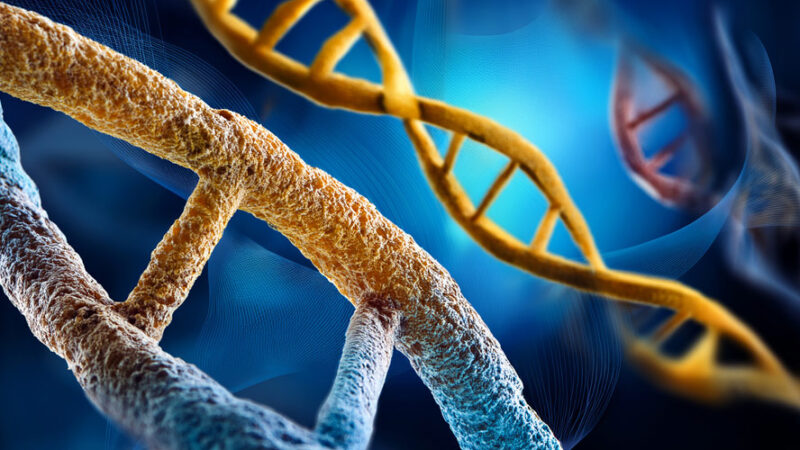New Study: Women Overestimate Men’s Attraction to Thin Female Fashion Models

A study published in Sex Roles suggests that the ultra-thin female body type dominating the media is less admired than many believe.
Body dissatisfaction is widespread among women, and research suggests that this is partly due to the unrealistic portrayal of women’s bodies in the media. The idealization of very thin female bodies creates a standard that women feel they need to meet in order to be considered attractive to romantic partners.
Interestingly, there is a wealth of evidence showing that women think men prefer thinner female bodies than they actually do. While much of the previous research has had participants evaluate silhouettes of female bodies, study authors Sarah N. Johnson and Renee Engeln wanted to approach it differently. The researchers aimed to extend the relevance of these findings by having participants evaluate images of real women in the media.
The first study involved 548 college students, nearly split by gender. The participants were asked to evaluate 13 images of female models. These images were chosen to represent the body types commonly seen in women’s magazines. Subjects rated the size of the models’ bodies on a scale from 1 (“way too thin”) to 7 (“way too fat”), and the attractiveness of the models’ bodies on a scale from 1 (“extremely unattractive”) to 7 (“extremely attractive”). Then, they were asked to complete the scales again for each model, this time predicting how they thought the opposite sex would rate them.
The researchers found that while men and women gave similar ratings to the models, neither gender was accurate in guessing how the other would evaluate the models. Both men and women felt that the other sex would rate the models as less thin and find them more attractive than they actually did. The researchers call this a “parallel misconception,” noting that men overestimated how much women would idealize the models’ bodies, and women similarly overestimated how much men would admire them.
Johnson and Engeln then conducted a second study with an identical design, this time involving a more diverse sample of 707 US residents aged 18 to 86. This time, there was a noticeable difference between men’s and women’s ratings of the models. Female respondents rated the models as being closer to the “too thin” end of the scale, while male respondents gave the models higher ratings for attractiveness.
However, when it came to predicting how the other gender would rate the images, the same pattern emerged. Both men and women assumed the other gender would rate the models’ bodies more favorably than they actually did.
The authors highlight that sharing these findings may help reduce the harmful effects of unrealistic beauty standards. Beyond telling women that the female bodies portrayed in the media are unrealistic, interventions should focus on helping them recognize that they may be overestimating others’ preferences for these “ideal” bodies.
Since the study used images from actual women’s fashion magazines, the findings offer insight into how people view media representations of the female body. However, because all the models had thin body types, the researchers caution that no direct conclusions can be drawn about men and women’s ideal female body types.
The study, Gender Discrepancies in Perceptions of the Bodies of Female Fashion Models, was authored by Sarah N. Johnson and Renee Engeln.



